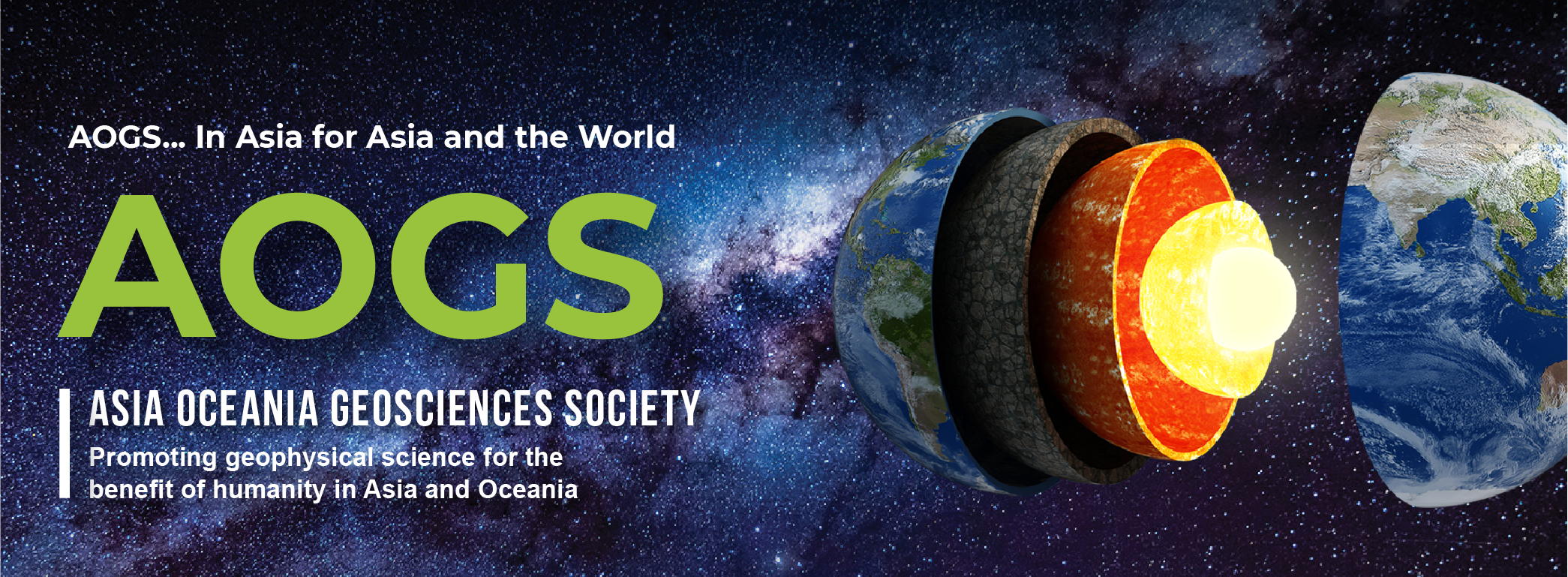

| Session Details | |
| Section | AS - Atmospheric Sciences |
| Session Title | Precipitation Science and Application of Satellite Data in Asia |
| Main Convener | Prof. Yukari Takayabu (The University of Tokyo, Japan) |
| Co-convener(s) | Dr. Gail Jackson (NASA Goddard Space Flight Center, United States) Prof. Kenji Nakamura (Dokkyo University, Japan) Dr. Kusuma Rao (Indian Space Research Organization, India) Dr. Jinho Shin (National Institute of Meteorological Research, Korea, South) |
| Session Description | Weather and climate in Asia are strongly affected by monsoon, and the ecosystem and human society in Asia are under strong influence of monsoon seasons. For understanding the Asian monsoon, precipitation data are essential. Precipitation data derived from satellite observations have been accumulated for more than 20 years. Among them, the Tropical Rainfall Measuring Mission (TRMM) satellite has provided us with continuous precipitation data over 17 years since 1997, and is now about to finish its task. Long-term multi-sensor measurements of precipitation by TRMM, especially with three dimensional structures of precipitation systems pioneered a new research discipline called “precipitation system climatology”. Seasonal change, the diurnal cycle of precipitation, and their regional characteristics etc., have been known by analyzing TRMM data and largely contributed to understanding of precipitation mechanisms and also have given a clue to improve precipitation in climate models. TRMM has also contributed as a “flying gauge” to calibrate microwave sensors on multiple satellites to produce near real-time rainfall global map products, which are expected to contribute to many applications in weather forecasting and water managements. In February 2014, the core observatory of the Global Precipitation Measurement (GPM) was sent to its orbit with a 65 degree inclination, and the GPM successfully started its full mission. Advanced instruments on the GPM core satellite are the Dual Frequency Radar (GPM/DPR) and additional higher frequency (183GHz) channels for GPM Microwave Imager (GMI) that provide detailed information on the microphysical processes of precipitation. While the GPM core satellite with higher frequency microwave imager inter-calibrates multiple satellite data to produce uniform global estimates around the globe, satellite derived precipitation data still have estimation errors depending on seasons and regions. Thus ground validations of satellite precipitation in different conditions are essential in the GPM project. Utilization of advanced satellite observations in precipitation science to improve numerical models and in assimilation studies are also important subjects. This session solicits studies on following topics, 1. Science of precipitation systems utilizing satellite and radar data. 2. Ground validation of satellite precipitation data 3. Applications of satellite precipitation data in Asia (e.g. numerical weather forecast, studies for disaster prevention, etc.). |